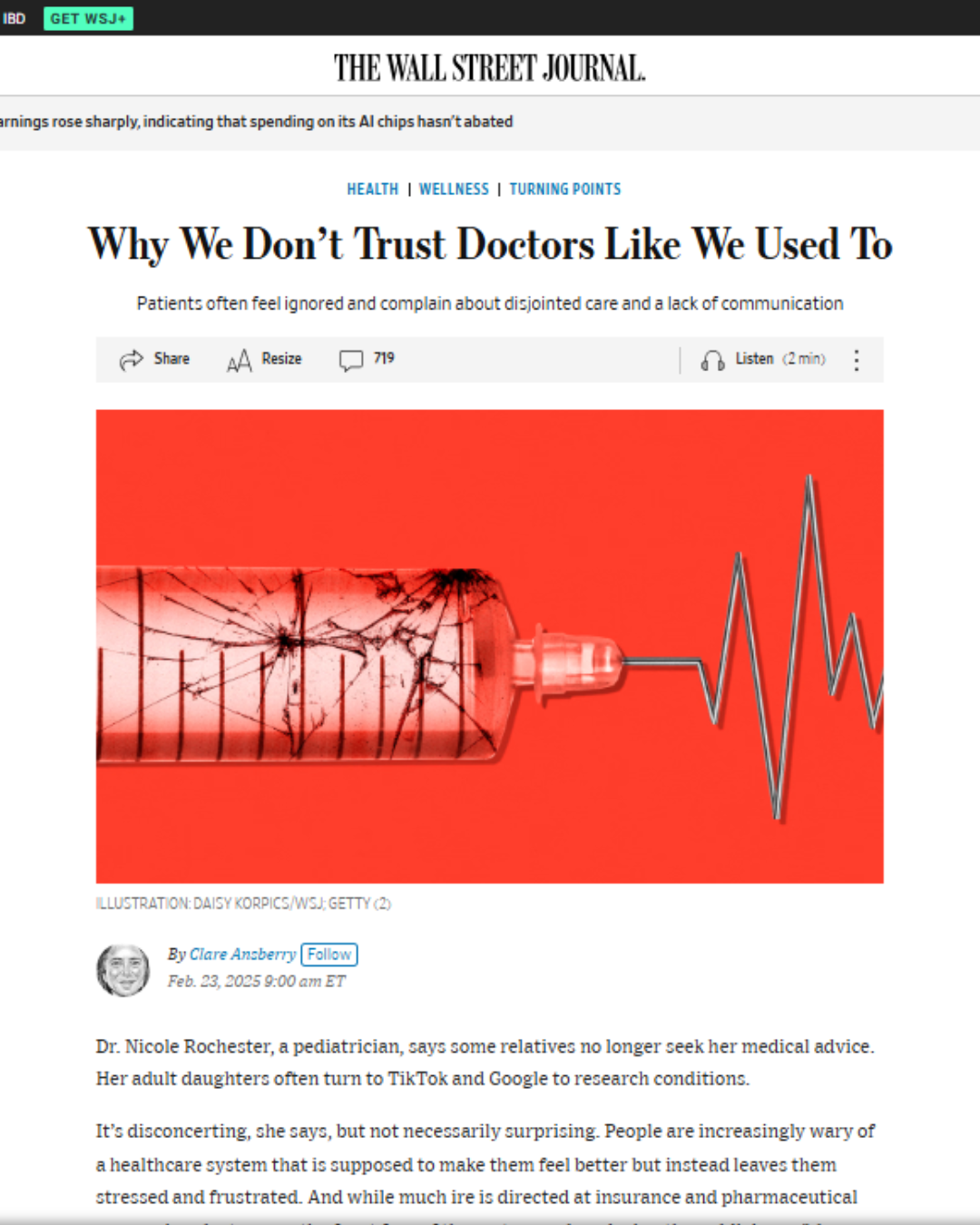Does anyone else feel like Bill Murray’s character in the movie Groundhog Day? (For those unfamiliar with the movie, the main character gets caught in a blizzard and ends up trapped in a time warp, where the days endlessly repeat themselves over and over again.) After what many thought would be the last attempt (or at least the last one this year) to repeal and replace the Affordable Care Act, otherwise known as Obamacare, Republican Senators Lindsey Graham (S.C.) and Bill Cassidy (La.) have resurrected another repeal-and-replace bill.
I’ve avoided writing about healthcare reform because it’s nearly impossible to discuss this topic without bringing up politics. The last thing I want is a partisan debate in my blog post comments. However, as things have become increasingly confusing, I feel obligated to provide at least a brief explanation of the current state of affairs.
A thorough review of healthcare reform would cause your eyes to water (and mine also), so I’ll be succinct and stick to what I think are the top 5 things you need to know about efforts to repeal the Affordable Care Act. While this is certainly a moving target and we don’t know what will happen in Congress next week, I will focus on the Graham-Cassidy bill, as it is very similar to previous bills and will most certainly be representative of future repeal attempts, should this battle continue.
- A large portion of the existing funding for Medicaid will be eliminated.
- Medicaid is a health insurance program for low-income individuals, pregnant women, children, the elderly, and people with disabilities. 75 million Americans receive health insurance benefits through Medicaid. Medicaid is jointly funded by the federal government and the states. The federal government provides funding to states based on each state’s per capita income (the average income earned per person in a specified area in a given year). If the Graham-Cassidy plan becomes law, for the first time since its inception there will be a federal spending cap on Medicaid, beginning in 2020. States will be forced to either make up the difference with funds used for other programs or (more likely), they will be unable to adequately fund Medicaid programs and patients who rely on Medicaid will suffer.
- Funds that were used to expand Medicaid coverage under Obamacare will go toward block grants to states. States will be able to choose what they do with the money and will not necessarily have to spend it on healthcare. This funding will disappear completely after 2027.
- Individual and employer mandates will be eliminated.
- Under the Affordable Care Act, individuals who don’t purchase health insurance are subject to a penalty. For 2017, that penalty is either $695 per adult and $347.50 per child or 2.5% of a person’s total household income, up to a maximum of $2,085. Those with exceptionally low incomes are exempt from the penalty. The ACA also mandates that employers with 50 or more employees and/or full-time equivalents offer health insurance that is affordable and provides “minimum essential coverage” to 95% of their full-time employees and their dependents through the age of 26. The Graham-Cassidy bill eliminates both individual and employer mandates. It is important to understand that the mandates have helped to reduce the number of uninsured Americans. In addition, without a mandate, those who are healthy and feel they don’t need insurance tend to opt out. This raises the cost of health insurance, as those who frequently consume health care services for chronic illnesses are not balanced by a relatively healthy population. As an analogy, imagine how much your car insurance would cost if it was only purchased by individuals who had been in multiple accidents?
- Protections for pre-existing conditions will be eliminated.
- Under the ACA, insurance companies cannot increase premiums nor deny coverage to individuals with pre-existing health conditions. A pre-existing condition is any health problem that existed before an individual applied for health insurance or enrolled in a new insurance plan. Premiums can only vary based on age, zip code, tobacco use, and family size. While the Graham-Cassidy bill doesn’t remove this protection outright, it will give individual states the power to allow health insurance companies to deny costs associated with certain conditions. Health care policy experts postulate (and common sense dictates) that if they are given the option to deny services, they will.
- There will be changes to the definition of essential benefits.
- The ACA requires insurance plans to cover 10 “essential benefits”: 1) outpatient services, 2) emergency services, 3) hospitalizations, 4) maternity and newborn care, 5) behavioral health services, including treatment for substance abuse, 6) prescription drugs, 7) rehabilitative and habilitative services, 8) laboratory services, 9) preventative and wellness services, 10) pediatric services, including oral and vision care. The Graham-Cassidy bill will allow individual states to define what is “essential” and what will be covered.
- Individual and insurer subsidies will be eliminated.
- The ACA provides subsidies to help individuals with low and moderate incomes who purchase insurance plans through the healthcare exchange pay their health insurance premiums. More than 80% of Americans who purchase health insurance through Healthcare.gov and the state exchanges receive these subsidies. In addition, the federal government provides cost-sharing subsidies to insurance companies to assist low-income enrollees with their deductibles and copayments. The Graham-Cassidy bill will eliminate these subsidies in 2020. This will make health care less affordable, forcing many to give up their healthcare insurance coverage.
There are a couple of additional points worth mentioning.
- Under the newly proposed bill, young adults will still be allowed to remain on their parents’ health insurance plans until the age of 26, one of the more popular mandates established by the Affordable Care Act.
- If it seems Congress is rushing to get this bill passed, they are. Under a special budget reconciliation process, they have until September 30 to pass a repeal-and-replace bill with only 51 votes instead of the normal 60. (There are 52 Republican senators, 50 of whom would have to vote for the bill. Vice President Pence would vote as the tie-breaker.)
If you’ve made it to the end of this article, give yourself a high-five. If you cheated and skipped to the bottom, take a few minutes and familiarize yourself with the 5 things you need to know. The bottom line is that the Affordable Care Act is not perfect, but nearly 20 million Americans who were previously uninsured have health insurance because of this law. My hope is that our elected officials will work together to improve the law without undermining its successes and leaving millions without the affordable care each of us deserves.
Have you joined the Your GPS Doc Family? If not, please click here to receive notifications about new content as well as useful guides and additional resources only available to Your GPS Doc subscribers.








Thank you so much Dr Rochester for explaining the Affordable Care Act, and making it more understandable.👍🏾
You’re very welcome, Gloria! I’m glad it was helpful.